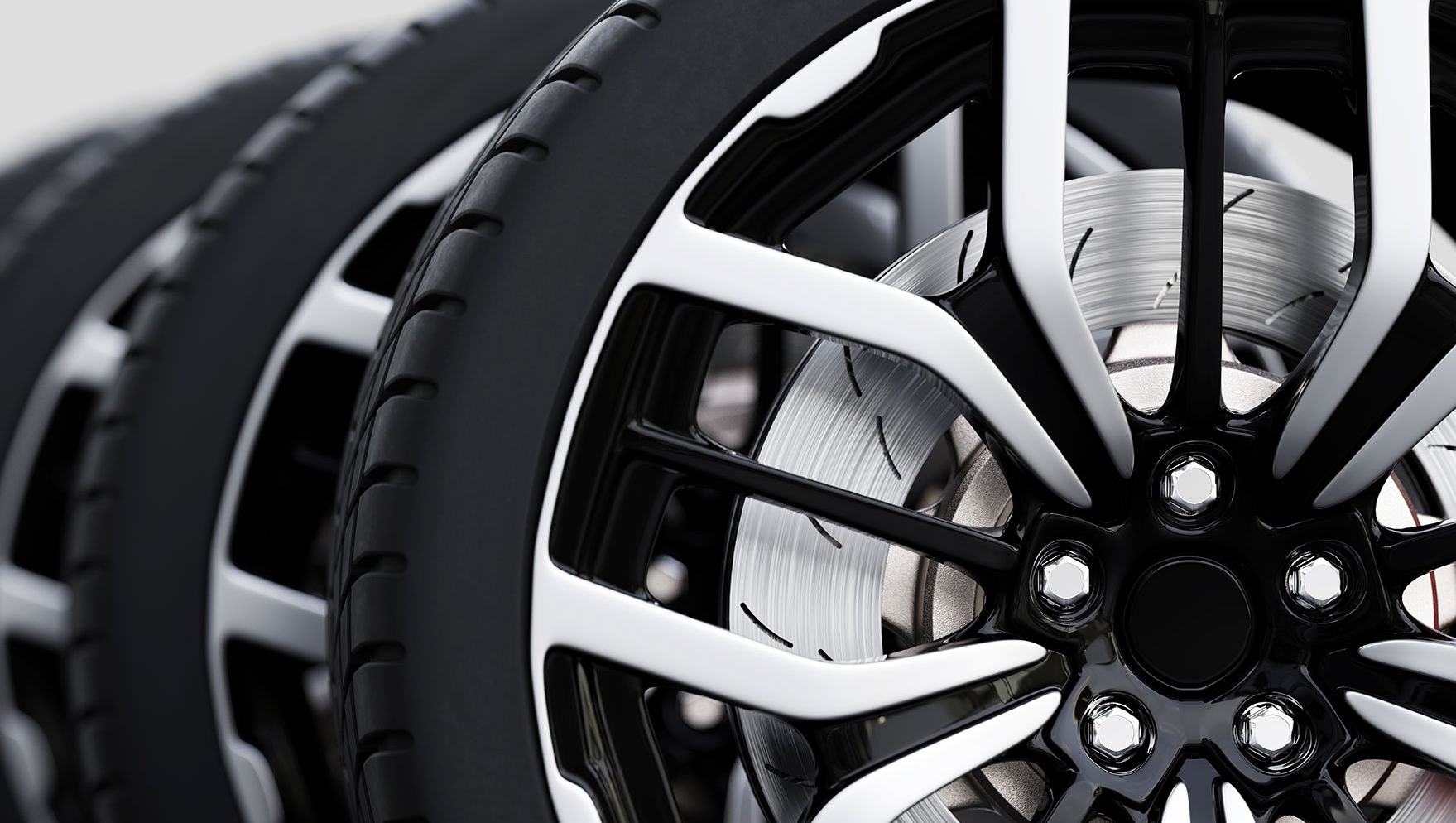Wheel 101
Wheels 101
What Is Wheel Diameter And How Is It Measured?
Diameter is the most familiar wheel dimension: When someone says they have 20" rims, they're referring to the wheel diameter. True diameter of a wheel is the distance between bead-seating areas (where the tire seals to the rim) as measured across the center of the rim, not including the wheel flanges. Wheel diameter determines how much of the wheel you see when looking at a car or truck. As diameter increases, more surface area of the wheel is visible.
It wasn't so long ago that 14" and 15" rims were standard wheel sizes for most cars, both as OEM equipment and as popular aftermarket designs. Today, 16" and 17" rims are standard on most lower-priced cars, with 19" and 20" factory option packages for performance models. And in the aftermarket, the sky's the limit with wheel sizes up to 30" and beyond. In fact, we’ve even got 34” wheels!
What Is Plus-Sizing?
When considering a larger diameter wheel, your goal is likely to maintain the same overall total diameter of your new wheel/tire package. This helps with speedometer accuracy, greatly maintains factory handling and braking, and negates the need for any other vehicle modifications.
This concept of increasing wheel diameter is called "Plus-Sizing". A plus one upgrade means the rim increases one inch in diameter, while a plus two reflects a rim diameter increase of two inches - and so on. But in order to maintain the same approximate tire diameter, the sidewall of the tire must become shorter as the wheel diameter is increased.
At Grand Prix Performance, customers can expect:
- Old school customer service! No need to press 0 or leave a message. When you call, we answer.
- A one-stop shop for all of your automotive service and repair needs.
- An extensive selection of high performance tires, wheels and products.
- Competitive prices on tire brands like MICHELIN®, BFGoodrich®, Continental® and Pirelli®.
- Personalized service tailored to your driving style and budget.
- FREE tire rotation for life.
- A clean and comfortable indoor/outdoor lounge area with free WiFi.
- Shuttle, pick-up, delivery and white glove flatbed service available.
- To be treated like family.
